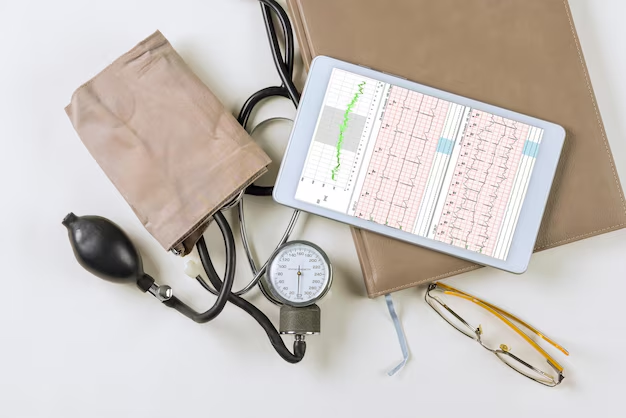Flying with Hypertension: What You Need to Know
For many, traveling by air is a necessary part of life. Whether it's for work, family, or adventure, boarding a plane can be an exciting experience. However, if you have hypertension, or high blood pressure, you may have concerns about the impact of flying on your health. The good news? You can fly with hypertension, but there are important precautions and insights to consider for a smooth journey.
Understanding the Concerns
Hypertension is a common medical condition affecting millions globally. The routine pressurization of airplane cabins ensures that most passengers can fly safely. However, changes in cabin pressure, the potential for increased anxiety, and long periods of immobility can pose challenges for those with high blood pressure. Understanding these factors is the first step toward a stress-free flight.
Tips for Safe Air Travel
1. Consult Your Doctor
Before any flight, especially longer ones, consult with your healthcare provider. Your doctor can assess your condition and adjust medications if necessary to ensure your blood pressure is managed effectively.
2. Medication Management
Ensure you have enough medication for the duration of your trip, including extra in case of delays. Keep medications in your carry-on luggage in original packaging with your prescription.
3. Stay Hydrated
Airplane cabins can be dry, which may contribute to dehydration. Dehydration can make your body work harder, thus elevating blood pressure. Drink plenty of water throughout your journey.
4. Move Around
Sitting for extended periods can increase the risk of blood clots. Make a point to stand up, stretch, or walk around the cabin periodically to maintain good circulation.
5. Manage Stress
Flying can be stressful. Practice deep-breathing exercises, listen to calming music, or engage in other relaxing activities to keep anxiety levels in check, as stress can temporarily spike blood pressure.
Addressing hypertension while flying is part of a broader landscape of health and wellness that contributes to financial decisions and lifestyle choices. Balancing health needs can align with understanding and accessing financial assistance programs, which might cover medical expenses or educational opportunities related to health professions.
Exploring Financial Assistance Options
Managing a chronic condition like hypertension can incur significant expenses. Here are some financial tools and programs that might support individuals dealing with medical costs:
Medical Assistance Programs: Government aids like Medicaid or Medicare may assist with ongoing treatment costs for eligible individuals.
Health Savings Accounts (HSAs): These accounts allow patients to save money for medical expenses tax-free, offering flexibility in handling medical bills.
Patient Assistance Programs: Many pharmaceutical companies offer assistance for those struggling to afford their medications, often providing drugs at reduced prices or even for free.
Credit Counseling Services: If medical bills are accumulating, credit counselors can help create a manageable payment plan or explore other debt-relief solutions.
By planning ahead both medically and financially, individuals with hypertension can enjoy their travels and manage their health costs effectively.
Financial Assistance and Resources at a Glance
- 🏥 Government Health Aid: Medicaid, Medicare
- 💊 Patient Assistance Programs: For medication cost reduction
- 💳 Credit Counseling Services: Manage and consolidate medical debts
- 💼 Health Savings Accounts (HSAs): Tax-free saving for medical expenses
- 📚 Educational Grants: Explore health education for better future planning
Travel doesn't have to be daunting for those with hypertension. With the right preparations and knowledge of available resources, the skies can remain a friendly place for all travelers.

Related Topics
- a 66 Year Old Female With a History Of Hypertension
- Are Eggs Bad For Hypertension
- Are Eggs Good For Hypertension
- Are Endocrine Disorders Causing Hypertension Rare
- Can Adderall Cause Hypertension
- Can Alcohol Cause Hypertension
- Can Allergies Cause Hypertension
- Can Anemci People Get Hypertension
- Can Anemia Cause Hypertension
- Can Antibiotics Cause Hypertension